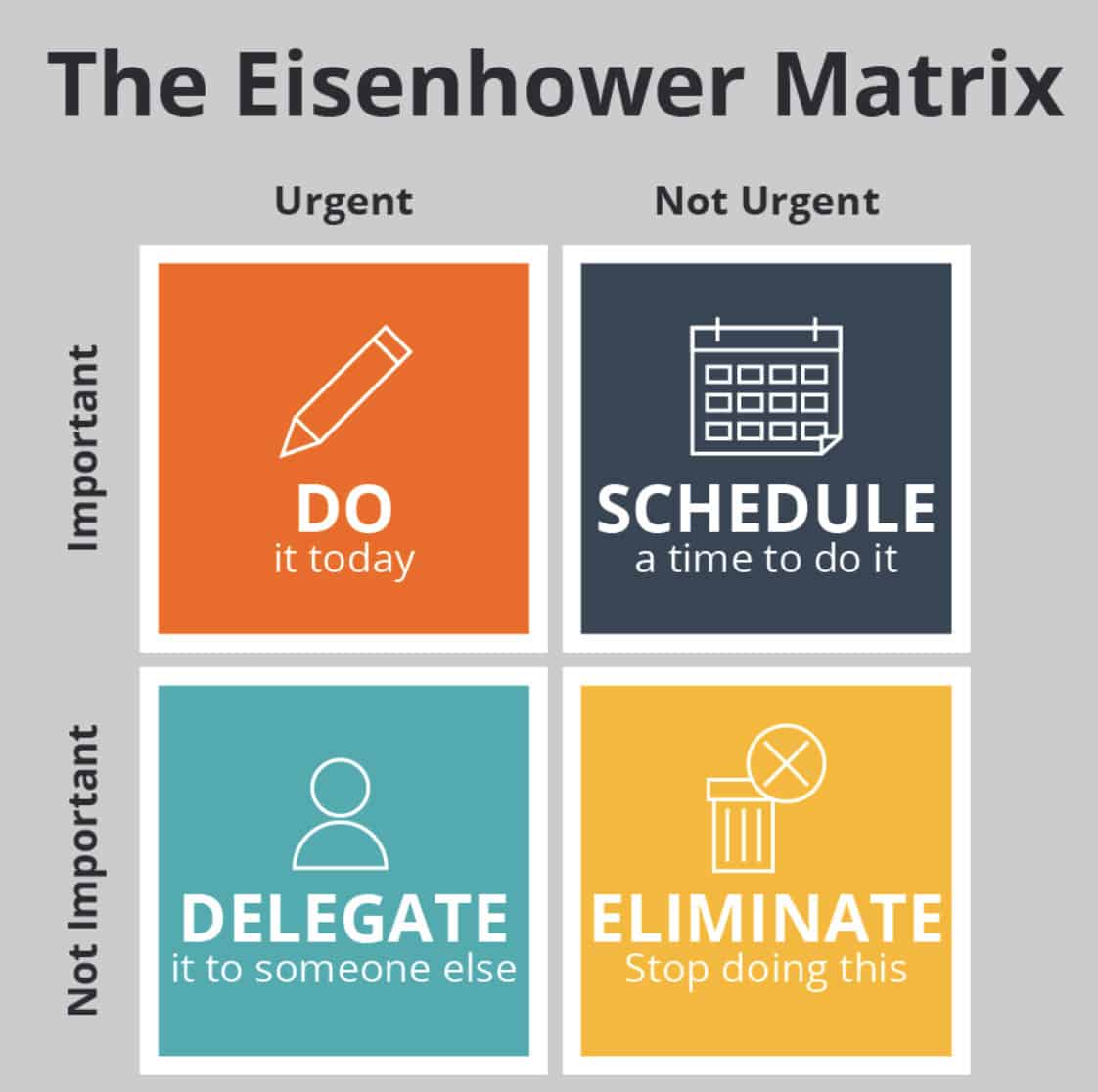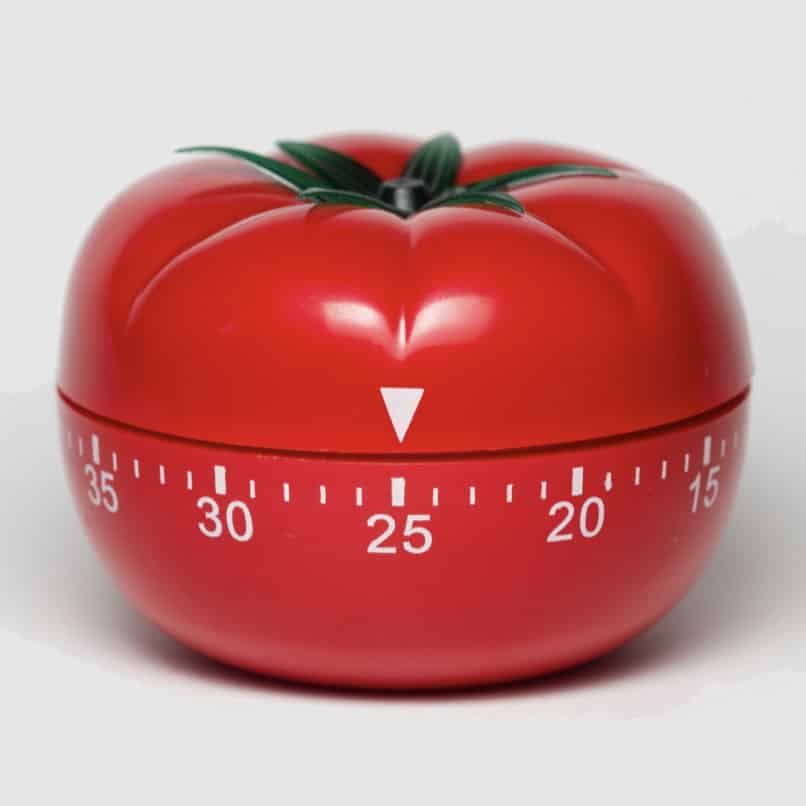People often report feeling overworked, stressed and exhausted in relation to work. It can be hard sustaining ourselves in this current work climate. We need to aim for balance, not perfection, and we’re increasingly convinced that balance is something we can build through our daily actions.
Most people probably think of time management techniques as contributing to being more productive with work. While research does indicate that time management techniques contribute to greater motivation, engagement and performance at work, its greatest impact appears to be on personal wellbeing. That is, effective time management has the most significant positive influence on wellbeing, having been shown to reduce distress levels and increase general life satisfaction.
There are thousands of books and articles out there which talk to numerous time management techniques. Here are two practical techniques that we’ve tried and use often to help find balance.
- Determine your priorities
It’s easy to get caught up in the day-to-day rush: back-to-back meetings, never-ending emails and to-do lists and what feels like “little time to action anything”.
The Eisenhower Matrix helps you think about your workload and priorities and to determine which tasks are important, so that you do not just focus on the ones that are urgent. This matrix gets you to categorise your daily tasks according to level of importance – “Will completing this task help me achieve my goals?” versus urgency – “Does this task require my immediate attention?”
When we know which tasks are our priority, we can shift from what might feel like “putting out fires” to actively scheduling and planning how we most effectively spend our day. Try completing the matrix at the start or the end of your work day to plan for the work ahead. This leads naturally into the second time management technique – how do we transfer our priorities into daily actions?

- Chunking work and taking strategic breaks
It’s easy to waste time by not realising when you have become fatigued and therefore more easily distracted. For example, this might involve getting side-tracked by a video clip on YouTube that then sends you down a rabbit hole for the next 30 minutes. Have you ever tried the Pomodoro method; the concept of taking a 5-minute break for every 25 minutes of work? (Pomodoro is the Italian word for tomato, and also for the tomato-shaped timer that can be used for cooking – or for timing your periods of focus.)
This approach takes into account that humans aren’t very good at focusing for long periods of time and when we attempt to persist with a task without taking a break, we often become fatigued, and concentration and performance deteriorate. Taking short and planned breaks not only help us to stay focused but also increases the quality of work.

It’s important to note that taking the breaks is equally important as doing the work. With the busyness of our work environments, it’s easy to forget the importance of taking breaks. We therefore need to be disciplined to take breaks and not to skip them. It’s also important that the break is not used to check emails. Breaks could include things like standing up from your desk, stretching, making a cup of tea or coffee, doing a daily quiz or crossword or getting some direct sunlight. You can also see our previous posts for recovery ideas.
Depending on your personal ability to focus and attend, you could experiment with different time intervals (25, 30, 35, 45 minutes), with 45 minutes being the maximum length of time before taking a break. You can also assign one task for each 25-minute chunk, take a 5-minute break after each chunk, and then take a 15-minute break after 4 rounds of 25+5.
Looking after your wellbeing should be your number one priority. We encourage you to give these techniques a go to decompress and find balance in your workday. And, for some additional ideas from our team on how to redefine productivity in our flexible working world and how to manage energy alongside time, see our post here.



